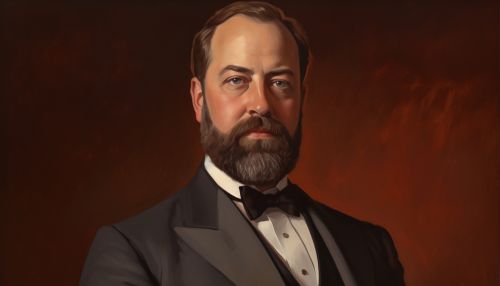Edward Hincks
Early Life
Edward Hincks was born on 19 August 1792 in Cork, Ireland, to the Reverend Thomas Dix Hincks, a prominent Presbyterian minister, and his wife, Anne Hincks. He was educated at home by his father before attending Trinity College in Dublin, where he excelled in classics and mathematics.


Career
After graduating from Trinity College, Hincks was ordained as a minister in the Church of Ireland. He served in several parishes in Ireland, including Killyleagh in County Down, where he would spend most of his career.
Hincks's interest in Egyptian hieroglyphics began in the early 1820s, when he began studying the works of Champollion, the French scholar who had recently deciphered the Rosetta Stone's hieroglyphic inscriptions. Hincks dedicated himself to the study of ancient languages and scripts, including cuneiform, the script used by ancient Mesopotamian civilizations.
Contributions to Egyptology and Assyriology
In the 1840s, Hincks turned his attention to the decipherment of cuneiform inscriptions from ancient Assyria. He was one of the first to recognize that cuneiform was not just a simple pictographic script, but a complex system of writing that could represent sounds, ideas, and words.
Hincks's work on cuneiform culminated in his correct identification of the values of 242 Assyrian cuneiform characters. His work, along with that of Henry Rawlinson and Jules Oppert, led to the decipherment of the Assyrian language and the opening up of Assyrian history and culture to the Western world.
Later Life and Legacy
Hincks continued his scholarly work until his death on 3 December 1866. His contributions to the fields of Egyptology and Assyriology were recognized during his lifetime and continue to be acknowledged today. His work laid the foundation for the modern understanding of ancient Near Eastern languages and civilizations.
